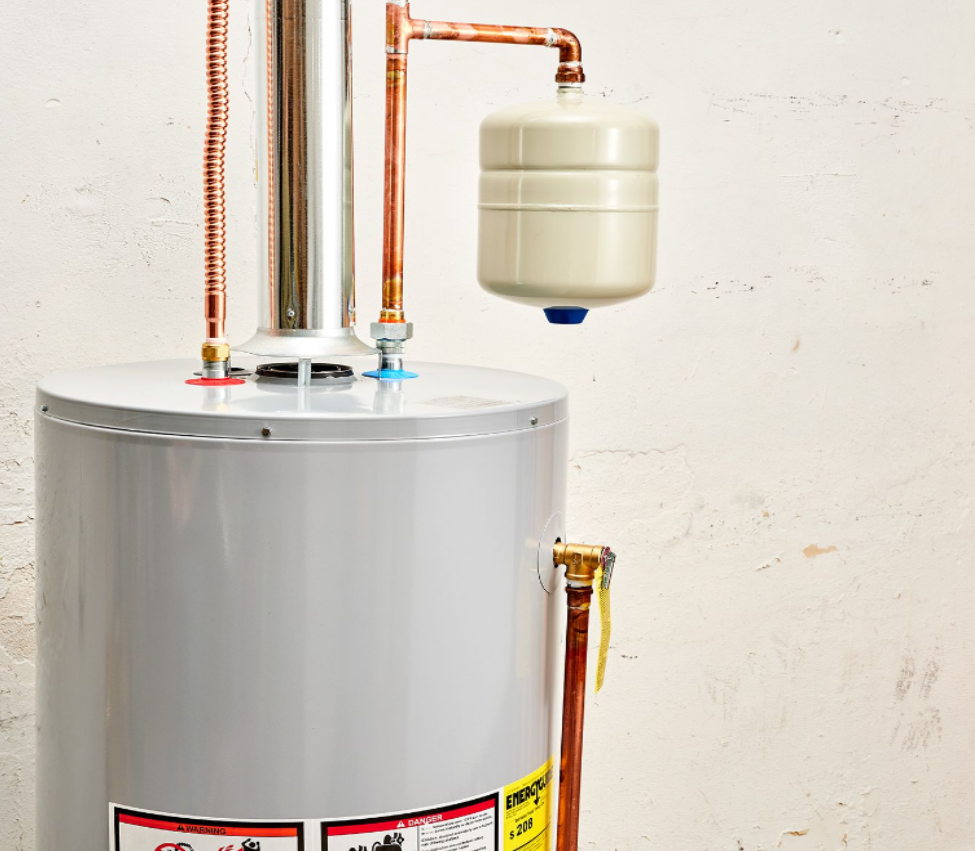If your water heater installation is leaking, it’s best to not take a shower until the issue has been resolved. This way, you can avoid any potential accidents or further damage to your home. If you must take a shower, be sure to turn off the water heater and allow the area to drain completely before getting in the shower.
While you can typically still take a shower when your water heater is leaking, it depends on the size of the leak. If the leakage is emanating from the drain valve, T&P valve, or delivery pipes – which is common – only small amounts of water will escape. So if the problem seems minor, go ahead and hop in the shower before fixing it.
If, however, the leak is originating from the tank itself, then it’s probably best to wait until the issue is resolved. A more serious water heater leak can cause extensive damage to your home and be very costly to repair. So if you’re unsure about the source or severity of the leak, it’s always better to err on the side of caution and refrain from using any water until the problem is fixed.
Once you identify that your water heater is, in fact, the source of the leak, it’s time for a quick inspection. The process to find where your water heater is leaking is not difficult. First, turn off both your water supply and power source to the Water Heater. Second, you need to drain any remaining water from the tank so that you can assess problem areas for corrosion or loose valve connections more easily.
Assume that a significant amount of water is leaking, or that the leak isn’t addressed promptly. In this case, the damage might spread to the flooring, walls, or other items near the water heater. Although it isn’t inherently hazardous, this damage may be costly to the homeowner and cause safety concerns if mold grows as a result of the leak.
To empty your tank, open the drain valve at its base and direct the water into a sink or nearby bucket. With the tank now emptied, check it for leaks–the most frequent location being the pressure relief valve (otherwise known as the temperature and pressure or T&P valve).
A T&P valve is a safety mechanism that opens and releases water and pressure from the tank if it reaches an excessive level. The T&P valve can get corroded or damaged over time, resulting in leaks. Leaks also may originate around connections between the water heater and your home’s water supply fittings and valves.
If your water heater is leaking, it needs to be repaired or replaced. If the damage is minor, you may be able to stop the leak by tightening a loose valve connection. However, if the damage is more severe, you’ll need to call a professional.
In addition, take care when you turn the water on again as there might be leftover water in the system that could cause burns. Also, always speak with a professional if you’re not confident about anything related to your water heater installation so they can properly assess the situation and resolve it safely.
What kind of water heater is the most energy-efficient?
How many risks are involved in installing a self-hot water heater?

